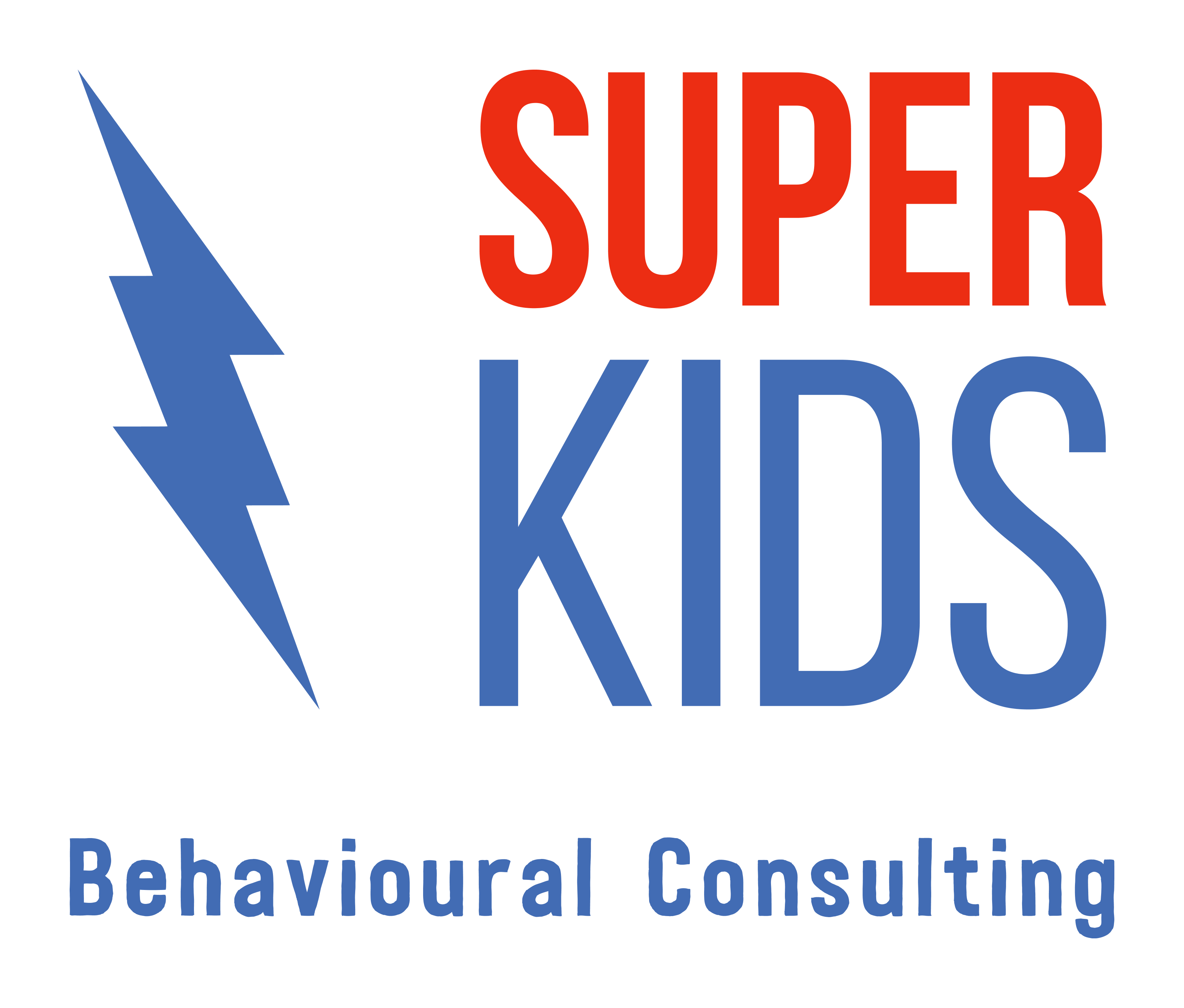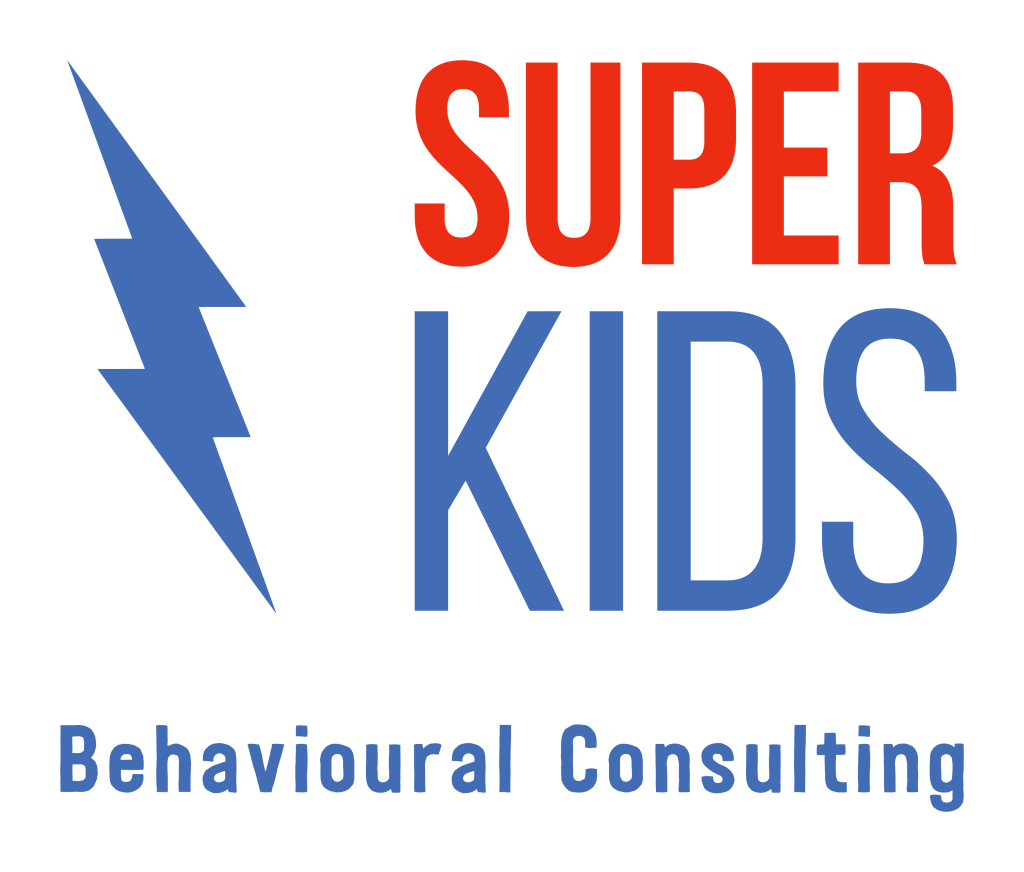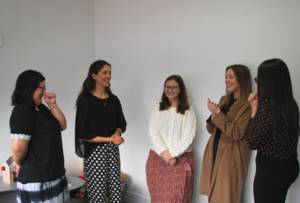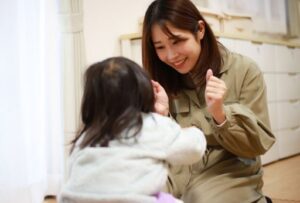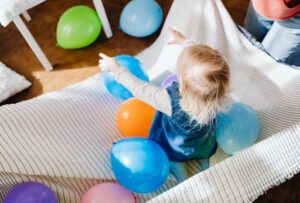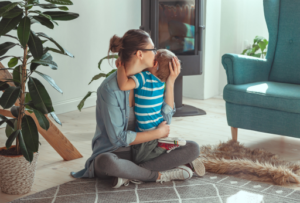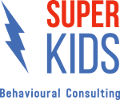Teaching from JOY by being Happy, Relaxed & Engaged

Tina Nguyen
Behaviour Consultant
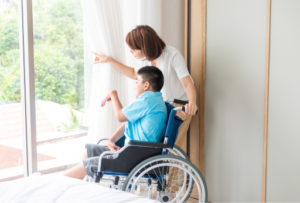
It is so important that we find out what motivates a child to learn in order to develop a personalised approach for teaching new skills. Motivation and joy will increase the participation of the child in an activity and the likelihood that they will want to do it again in the future. It is also a more enjoyable experience for the adult.
What is Happy, Relaxed & Engaged (HRE)?
In Today’s ABA, and a key feature we always consider at Super Kids is that we teach from joy. Usually it is not just one thing that creates joy (eg: iPad) but the entire way that it is consumed (eg: iPad, on bed, with snacks & headphones on).
A useful heuristic that we often use to guide decisions about creating an environment and safe space in which a child is comfortable and connected is “Happy, Relaxed & Engaged” (HRE; Gover, Staubitz & Juárez, 2022). HRE is an evolving thing that depends on the child, the environment, their mood, the day and what their preferences are in that moment!
We always want to ensure that we can create this before teaching your child a new skill. This ensures that they are in a state where they are most ready to learn. HRE is seen as everything around them, such as where they are, what they have and who is there. It often involves a combination of your child’s favourite things including items, interactions, and environment.



This will look different for every child. For example, one child’s HRE may be watching the iPad on a bean bag with headphones, lights off whilst having a snack. Another child’s HRE may be jumping on the trampoline and vocalising, whilst Mum is blowing bubbles and singing songs! It’s also very likely that their HRE may change throughout the day or across days too.
Why does this matter?
Let’s consider our own experiences and when we learn best. Do you learn best when you feel frustrated and under pressure, or when you feel at ease and comfortable? The answer is most likely when you’re feeling at ease and comfortable. This is also the same for your child!
By ensuring your child is HRE before asking them to do something:
- It minimises the likelihood of your child engaging in behaviours of concern
- It allows your child to feel safe and comfortable in their environment and around people
- It builds trust and rapport, and fosters a more positive relationship as they will learn that you are there to help them, and not place any additional non-essential expectations when they are not HRE
- It promotes a better learning experience for both you and your child
- It creates a joy for learning, allowing them to learn new skills more quickly
Having an understanding of what makes your child HRE will help foster a trusting and supportive relationship, promote joy for learning new skills, and make learning more effective and valuable for your child!
How to find your child’s Happy, Relaxed & Engaged (HRE)?
HRE will look different for every learner! To identify what your child’s HRE is, you could ask yourself the following:
- What does it look like when my child is Happy, Relaxed and Engaged? (e.g. laughing, smiling, shoulders down, breathing regulated, babbling, quiet etc.)
- What are your child’s most preferred items/activities? Favorite characters/shows/toys etc.? How do they enjoy these items? Alone or with others? In their room/outside etc.? Observe what they initiate towards and interact with in their free time or ask them what they like.
- What is your child’s preferred environment – their room? outside? living room? Does your child enjoy having others present in their space?
- What does your child’s communication look like when they are feeling joyful – do they communicate quickly, are they more quiet, do they make comments or questions etc.?
- What is happening when they engage in any mild or severe behaviours of concern (if they are, this likely means that they are not HRE)
How to create Happy, Relaxed & Engaged (HRE)?
- Establish a welcoming and enriched environment with their preferred:
- Toys
- Items
- Snacks
- Lighting
- Sounds/noises
- Think about the types of social interactions your child prefers. Consider:
- Your interactions – for example do they prefer you commenting and engaging them in conversation, participating in activities together, playing alone but with you nearby, with or without peers/sibling?
- Type of social games, for example does your child like predictability and so you might initiate a social game more slowly and quietly, or if they prefer the adrenaline of being surprised, initiating more unpredictable social games such as hide and seek and scaring them
- Respond to all attempts to communicate and acknowledge their preferred method of communication
- Follow your child’s lead e.g. going along with what they are already doing, where they are going, and their interactions and play
- Allow your child to freely explore their environment without interruptions e.g. telling your child to go somewhere else (unless it is unsafe or you’ve set a boundary)
- Avoid placing any non-essential instructions/expectations
Now consider combining all of these together for your child! If you want to learn more about play and connection with your child by teaching through joy, check out our free Toy & Material Guide for Teaching Children Language & Play Skills.
Super Kids acknowledges each individual’s personal preference to use identity-first or person-first language to describe themselves or their loved one. We interchangeably use both language conventions and therefore refer to both Autistic children and children with Autism.
